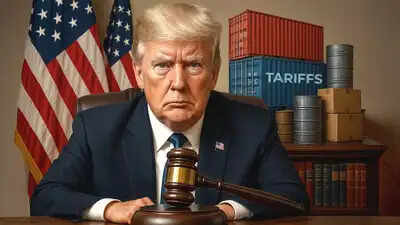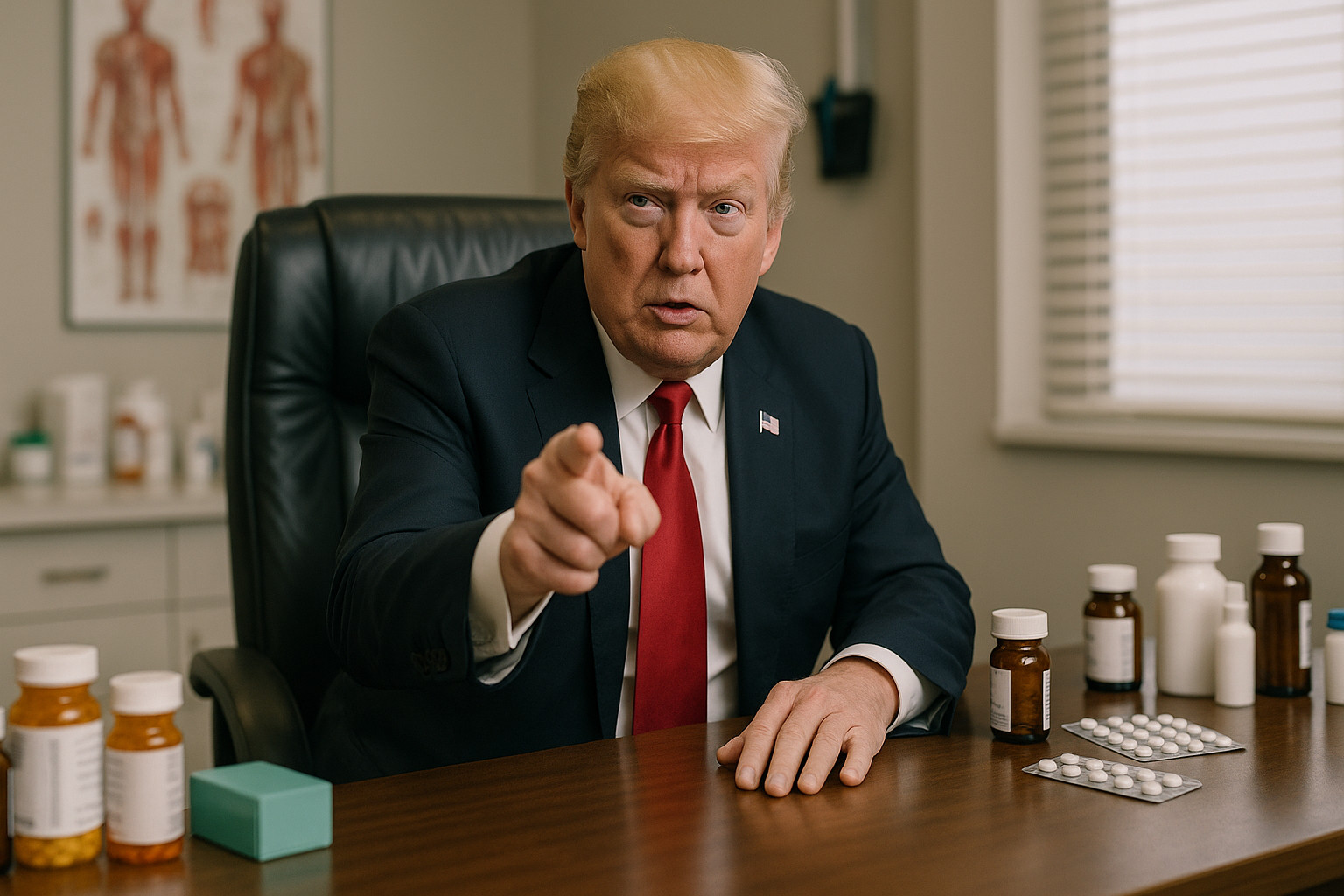Donald Trump announced a 30% tariff on all goods imported from Mexico and the European Union, effective August 1, 2025. He cited Mexico’s insufficient efforts to combat drug trafficking and persistent trade imbalances with the EU as justification. Trump suggested the tariffs could be avoided if companies relocate manufacturing to the United States, promising expedited approvals.
Are We Heading for a Trade Tsunami? Trump Floats New Tariffs on the EU and Mexico
The winds of trade are shifting again, and it looks like we’re bracing for another potential storm. Former President Donald Trump recently floated the idea of imposing significant tariffs – we’re talking 30% – on goods imported from both the European Union and Mexico. This isn’t just idle talk; Trump explicitly cited the ongoing fentanyl crisis and persistent trade deficits as justification for the proposed levies.
Now, those are some heavy hitters. Let’s unpack what this could actually mean for businesses, consumers, and the global economy as a whole.
Why Now? Unpacking the Reasoning Behind the Tariff Threats
Trump’s rationale centers on two key issues: fentanyl and trade imbalances. He argues that Mexico isn’t doing enough to stem the flow of fentanyl into the United States, a crisis that’s devastating communities across the country. On the trade front, the narrative is familiar: Trump views large trade deficits as evidence of unfair trade practices, arguing that the US is losing out in its economic relationships. He believes tariffs are a powerful tool to level the playing field and encourage other countries to negotiate more favorable deals.
But here’s the thing: using tariffs as a bludgeon can have unintended consequences. While the goal might be to pressure Mexico on fentanyl or to reduce trade deficits, the reality is that these tariffs would be paid by American importers and, ultimately, by American consumers. Think about it: higher import costs translate directly into higher prices on the shelves.
The Potential Impact: From Wallets to Wall Street
So, what does a 30% tariff hike actually do? Imagine you’re a small business owner importing European wines. Suddenly, the cost of your inventory jumps by nearly a third. You have two choices: absorb the cost yourself (eating into your profits) or pass it on to your customers (potentially losing sales). Neither option is particularly appealing.

This scenario plays out across countless industries. Everything from cars and electronics to food and clothing could become more expensive. And while some argue that tariffs protect domestic industries, they also risk sparking retaliatory measures from the affected countries. A trade war is rarely beneficial for anyone involved, leading to higher prices, reduced trade, and economic uncertainty.
The impact extends beyond consumer goods. Consider the automotive industry, which relies on complex supply chains that crisscross borders. Tariffs could disrupt these supply chains, leading to production delays and higher costs for manufacturers. The stock market, sensitive to economic uncertainty, could also react negatively, further impacting investments and retirement savings.
Are US tariffs the right solution? Alternative Paths Forward
The debate over tariffs is complex, with valid arguments on both sides. Proponents argue that they are a necessary tool to protect domestic industries and to force other countries to address unfair trade practices. Critics argue that they are a blunt instrument that hurts consumers, disrupts supply chains, and risks sparking trade wars.
But what are the alternatives? When it comes to fentanyl, a more collaborative approach with Mexico, focusing on strengthening border security, disrupting drug trafficking networks, and addressing the root causes of addiction, might prove more effective than tariffs. On the trade front, negotiations aimed at reducing barriers to US exports and addressing specific trade disputes could be a more targeted and less disruptive solution. Strengthening international cooperation on trade enforcement and dispute resolution could also foster a fairer and more stable global trading system. This could include working more closely with organizations like the World Trade Organization (WTO). This kind of solution may be more beneficial to consumers and businesses than new tariffs.
Related content: [Trade Agreements and Their Impact on Small Businesses](internal-link-to-related-article)
The Future of Trade: Navigating Uncertainty
The potential for new tariffs on the EU and Mexico injects a significant dose of uncertainty into the global economic landscape. Businesses need to be prepared to navigate this uncertainty by diversifying their supply chains, exploring alternative markets, and engaging in proactive risk management. Consumers, meanwhile, should brace themselves for the possibility of higher prices on imported goods.
Whether these proposed tariffs will actually materialize remains to be seen, but one thing is clear: the future of trade is anything but certain. A more nuanced approach, involving diplomacy, collaboration, and targeted solutions, may offer a more sustainable path forward than resorting to broad-based tariffs that ultimately harm consumers and businesses alike.







